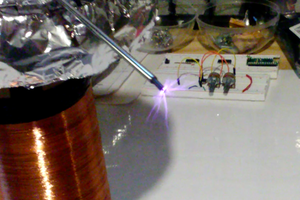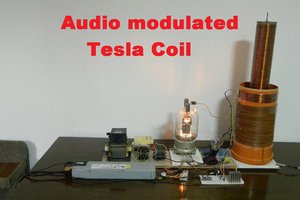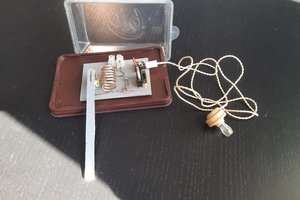Passive Buzzer Working Principle
When mechanical stress is applied to a piezoelectric element, it produces an electric charge and vice versa.
The electric charge is applied to the ceramic disc inside the buzzer, which is a Piezoelectric element, causing vibration. The ceramic disc is surrounded by a vibrating disc that resonates and produces an audible sound.
Audio devices, such as microphones, work in a similar way, converting our noises into electrical signals that are then processed by digital systems, and vice versa.
Quartz crystal, often known as a crystal oscillator in computers, phones, and telecommunications, is another popular Piezoelectric element utilized in our everyday gadgets.
Have you ever puzzled how a small gadget like a phone can generate so many various high frequencies like 3G, 5G, GSM, Bluetooth, and so on? This same idea is used in conjunction with a sophisticated technical concept known as (PLL) Phased Locked Looping.
To put it another way, when current is delivered to the quartz in a phone, it vibrates at a predetermined frequency, which is then multiplied and divided by the PLL circuit to achieve the specific required frequency. The Adafruit PLL circuit board and Arduino are used to explain this concept.
The buzzer's functionality is significantly simpler, as it stops vibrating and generating noise when the vibration disc vibrates.
We can adjust the frequency of the disc by changing the voltage applied.
In the project we will connect the buzzer to Arduino to check it's functionalites. All the programming codes are here.


 Sebastian
Sebastian
 mircemk
mircemk
 Ingeimaks
Ingeimaks
 Andrea Console
Andrea Console